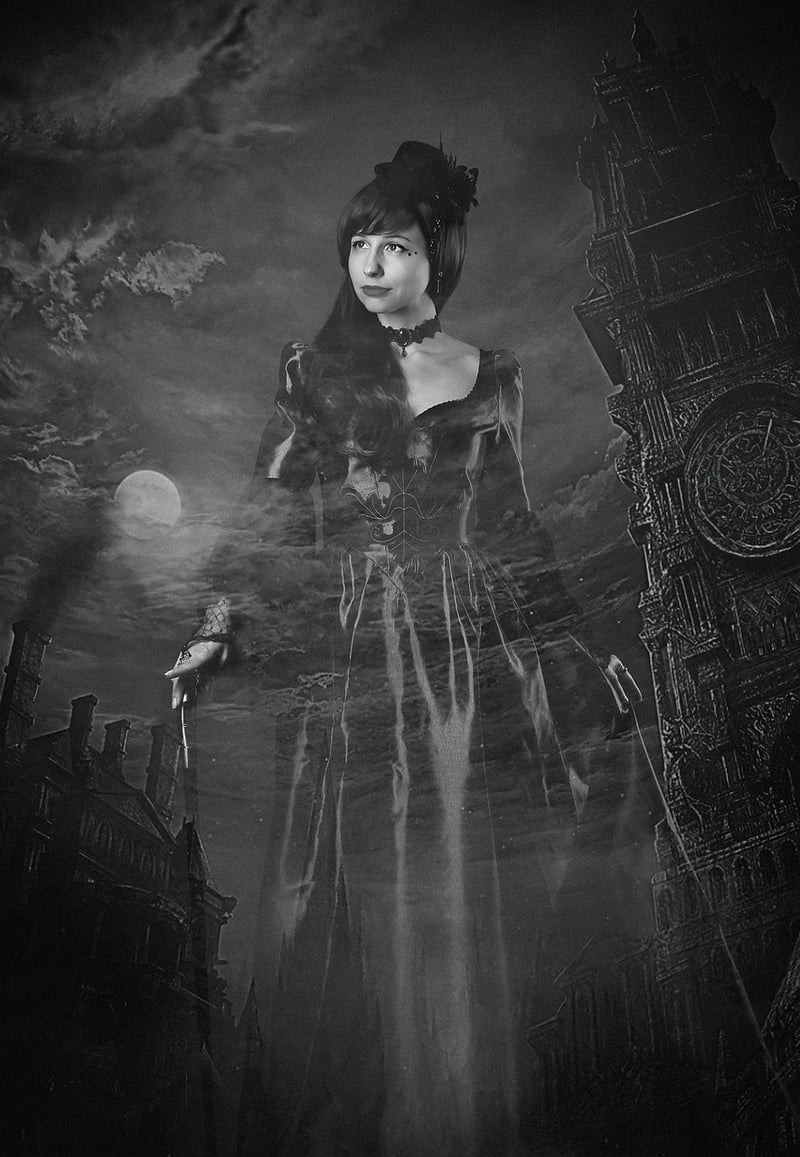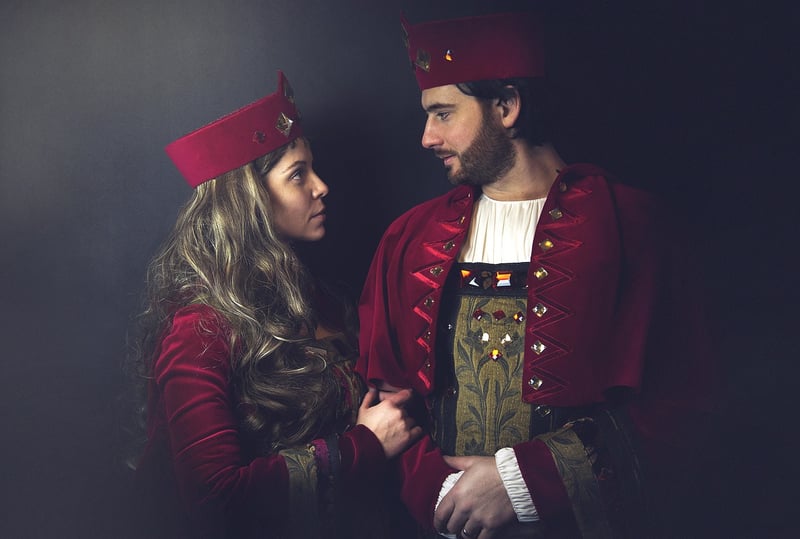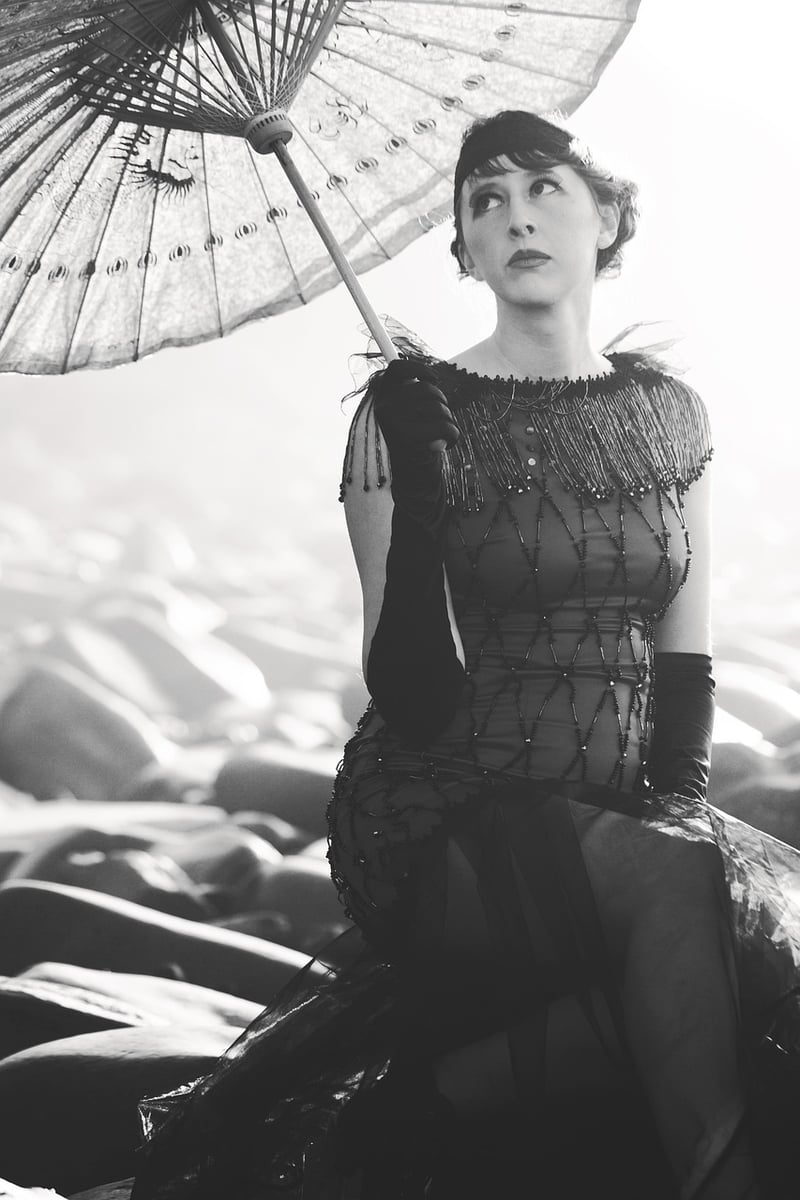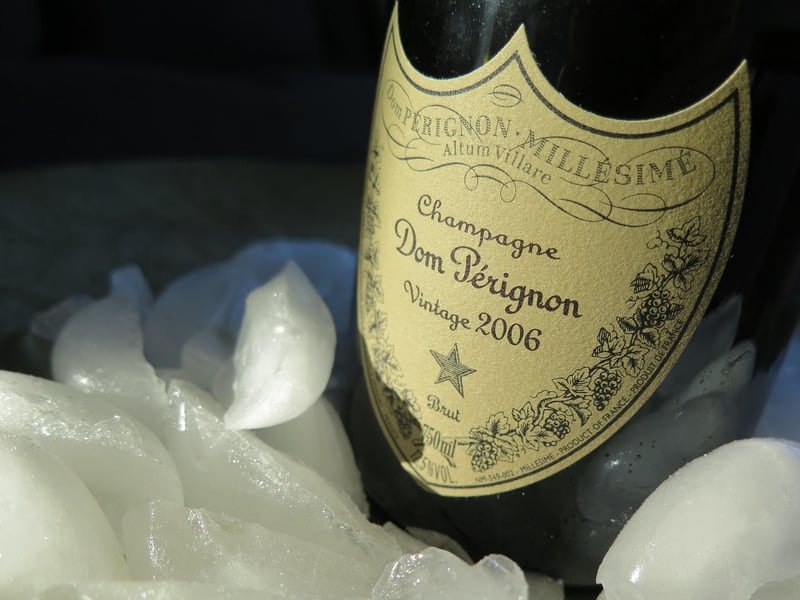Historical Etiquette
Useful Advice and Historical Etiquette
Modern Etiquette Tips
Etiquette plays a crucial role in our daily interactions, helping us navigate social situations with grace and respect. Here are some modern etiquette tips to keep in mind:
- Always say "please" and "thank you" to show appreciation.
- Respect personal boundaries and ask before sharing someone's personal information.
- Practice active listening by giving your full attention to the speaker.
- Be punctual for appointments and events to show respect for others' time.
- Offer to help others when needed, showing kindness and empathy.
Historical Etiquette Insights
Exploring historical etiquette can offer valuable insights into the evolution of societal norms. Let's delve into some intriguing historical etiquette practices:
Victorian Era
In the Victorian era, strict etiquette rules governed social interactions. Proper decorum was highly valued, with guidelines on everything from attire to table manners.

Renaissance Period
During the Renaissance period, courtly manners and chivalry were paramount. Knights and nobles adhered to elaborate codes of conduct, emphasizing honor and respect.

Roaring Twenties
The Roaring Twenties marked a shift towards more relaxed social norms. Jazz-age parties and flapper culture redefined notions of etiquette, embracing newfound freedom and expression.

By blending modern etiquette practices with historical insights, we can cultivate a deeper understanding of social conventions and enhance our interactions with others.
Remember, etiquette is not about rigid rules but about showing consideration and respect for those around us.
